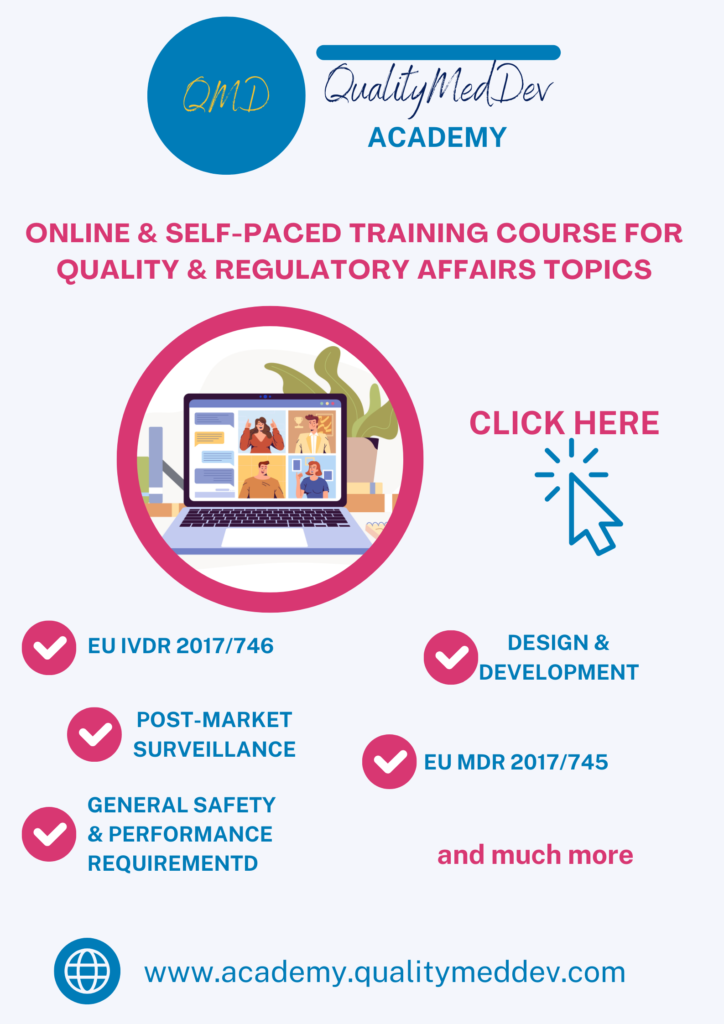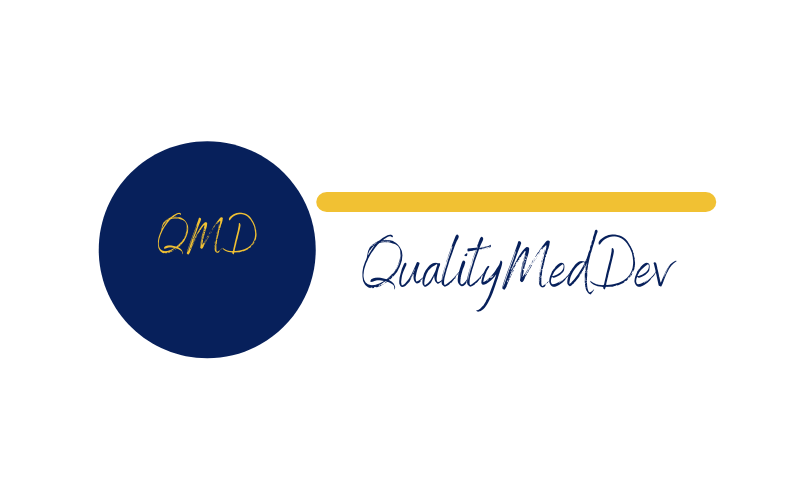There is no doubt that CAPA (Corrective and Preventive Actions) is one of the most important process of any Quality Management System based on ISO 13485:2016.
We have already been discussing about several topics related to QMS requirements for medical device organizations, such as management review, quality policy , complaints management and much more.
First of all there is still sometimes confusions on the different between correction, corrective actions and preventive actions. Here below some definitions:
- Correction is the action taken to correct the non-conformance.
- Corrective action is the action taken to eliminate the cause of nonconformities.
- Preventive action is the action taken to eliminate the cause of potential nonconformities.
Corrective actions are intended to correct and also prevent recurrence of not only nonconforming product but also poor practices (inadequate training, for example). Corrections and corrective actions must always be commensurate with the risk associated with the nonconformity.
If, following an issue, a decision not to implement any action is taken, this should be justified using a risk-based approach, including a determination that the finished device still meets risk acceptability criteria.
CAPA Documentation
It is necessary to have a CAPA procedure which defines the overall process for the management of CAPA. Moreover, a CAPA Template shall also be present: this is the form that will be used to document the specific CAPA record and it shall be built based on the process defined in the related CAPA procedure.
CAPA Owner and CAPA Reviewer
Often specific CAPAs can be quite complex as they can involve multiple actions to be implemented which require extensive work by different teams. It is essential that each CAPA has an owner. The owner might not coincide with the person that will implement the whole action plan of the CAPA, but he/she will be the project manager that shall ensure the implementation of the CAPA plan according to the defined timeline.
CAPA reviewer is also a fundamental role, with the responibility to ensure the documentation related to the specific CAPA record is complete and accurate and aligned with Good Documentation Practice.
General CAPA process
The CAPA process for ISO 13485 and 21 CFR 820 can be divided in different steps.
1) Planning of Corrective and Preventive Actions
The planning shall include different factors, such as identification of data sources and criteria, measuring and analysis of data sources, improvement plans and input to management. Basically there are all the inputs which can be used as source of potential preventive and corrective action (CAPA).
2) Investigations of Corrective and Preventive Actions
Non-conformities related to product, process or quality system shall be investigated. The level of the investigation shall be commensurate with the significance and risk of the nonconformity. There are different techniques to perform an adequate root-cause analysis, such as Ishikawa diagram, 5Whys, 8D, etc.
3) Identification of the actions to implement
After investigation, the actions to implement shall be identified. These action could be correction, corrective actions or preventive actions. Also in this case, as per FDA guidance, the degree of corrective and preventive action taken to eliminate or minimize actual or potential nonconformities must be appropriate to the magnitude of the problem and commensurate with the risks encountered.
Sometimes specific containment actions are needed. These actions shall ne implemented immediately, sometimes even before the whole root-cause analysis is performed, with the aim to eliminate the deviation. Containment actions play a fundamental role when the CAPA and the related deviation have an impact on quality and safety of the device of the market and specific actions (rework, field actions, etc).
4) Verification/Validation of the Actions to Implement of Corrective and Preventive Actions
The identified actions to implement shall be verified and validated, to ensure that such action is effective and does not adversely affect the finished device. It is important to mention that also preventive actions need verification or validation.
In the verification process, as defined by the IMDRF guideline on CAPA, the following questions shall be reviewed/answered:
- Does the action(s) eliminate the identified root cause(s)?
- Does the action(s) cover all affected products/processes?
- Does the action(s) adversely affect the final products?
- Is it possible to finalize the actions timely in planned schedule (resources, materials/kits, logistics, communications, etc.)?
- Is the execution of the action commensurate with the degree of risk previously established?
- Are new risks or nonconformities derived from the action?
5) Implementation and Communication of Corrective and Preventive Actions
The identified actions need finally to be implemented and communicated to the relevant personnel. Specifically, information related to quality problems or nonconforming products must be communicated to those directly responsible for assuring the quality of such product or the prevention of such problems.
Moreover, relevant information on identified quality problems, as well as corrective and preventive actions, shall be submitted for the management review, in order to be specifically analysed and reviewed.
6) Effectiveness Check
The effectiveness check is related to gather specific data, over a period of tile, which could provide evidence of the effectiveness of the implemented actions. The methodology used for effectiveness check be quite different depending from the type of CAPA. In general any method that could use quantitative information to demonstrate effectiveness of the implemented actions shall be used.
Subscribe to QualityMedDev Newsletter
QualityMedDev is an online platform focused on Quality & Regulatory topics for medical device business; Follow us on LinkedIn and Twitter to stay up to date with most important news on the Regulatory field.
QualityMedDev is one of the largest online platform supporting medical device business for regulatory compliance topics. We provide regulatory consulting services over a broad range of topics, from EU MDR & IVDR to ISO 13485, including risk management, biocompatibility, usability and software verification and validation and, in general, support in preparation of technical documentation for MDR.
Our sister platform QualityMedDev Academy provides the possibility to follow online and self-paced training courses focused on regulatory compliance topics for medical device. These training courses, developed in collaboration with highly skilled professionals in the medical device sector, allows you to exponentially increase your competencies over a broad range of quality and regulatory topics for medical device business operations.
Do not hesitate to subscribe to our Newsletter!

